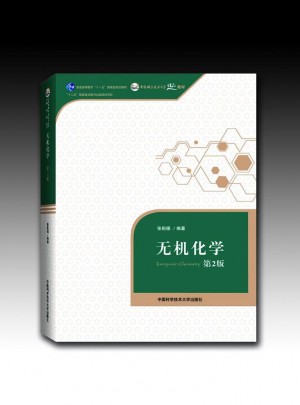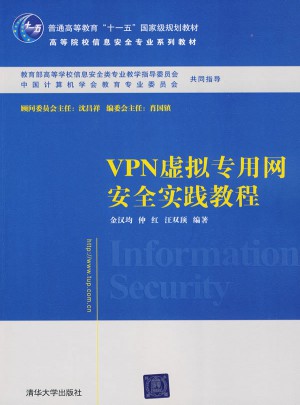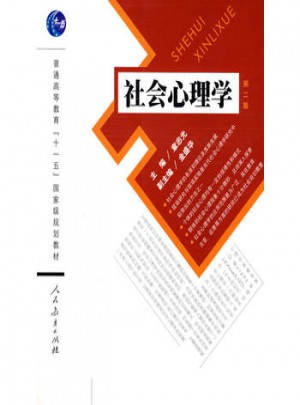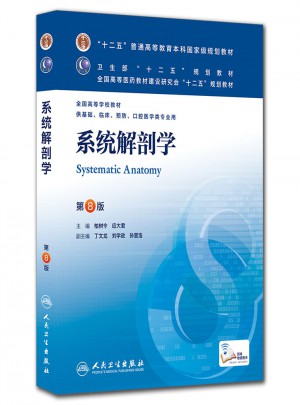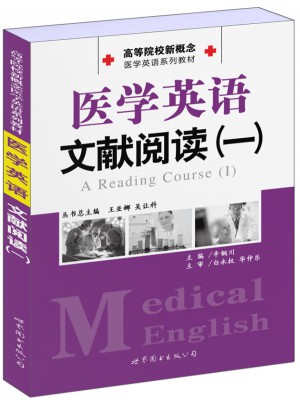PART 1:TOUR OF JAVA
CHAPTER 1 Primitive Java
1.1 The General Environment
1.2 The First Program
1.2.1 Comments
1.2.2 main
1.2.3 Terminal Output
1.3 Primitive Types
1.3.1 The Primitive Types
1.3.2 Constants
1.3.3 Declaration and Initialization of Primitive Types
1.3.4 Terminal Input and Output
1.4 Basic Operators
1.4.1 Assignment Operators
1.4.2 Binary Arithmetic Operators
1.4.3 Unary Operators
1.4.4 Type Conversions
1.5 Conditional Statements
1.5.1 Relational and Equality Operators
1.5.2 Logical Operators
1.5.3 The if Statement
1.5.4 The while Statement
1.5.5 The for Statement
1.5.6 The do Statement
1.5.7 break and continue
1.5.8 The swjtch statement
1.5.9 The Conditional Operator
1.6 Methods
1.6.1 Overloading of Method Names
1.6.2 Storage Classes
Summary
Objects of the Game
Common Errors
On the Internet
Exercises
References
CHAPTER 2 Reference Types
2.1 What Is a Reference?
2.2 Basics of Objects and References
2.2.1 The Dot Operator(.)
2.2.2 Declaration of Objects
2.2.3 Garbage Collection
2.2.4 The Meaning of =
2.2.5 Parameter Passing
2.2.6 The meaning of ==
2.2.7 No Operator Overloading for Objects
2.3 Strings
2.3.1 Basics of String Manipulation
2.3.2 String Concatenation
2.3.3 Comparing Strings
2.3.4 Other String Methods
2.3.5 Converting Other Types of Strings
2.4 Arrays
2.4.1 Declaration,Assignment,and Methods
2.4.2 Dynamic Array Expansion
2.4.3 ArrayList
2.4.4 Multidimensional Arrays
2.4.5 Command-line Arguments
2.5 Exception Handling
2.5.1 Processing Exceptions
2.5.2 The Finally Clause
2.5.3 Common Exceptions
2.5.4 The throw and throws Clauses
2.6 Input and Output
2.6.1 Basic Stream Operations
2.6.2 The StringTokenizer Type
2.6.3 Sequential Files
Summary
Objects of the Game
Common Errors
On the Internet
Exercises
CHAPTER 3 Objects and Classes
CHAPTER 4 Inheritance
PART II:ALGORITHMS AND BUILDING BLOCKS
CHAPTER 5 Algorithm Analysis
CHAPTER 6 The Collections
CHAPTER 7 Recursion
CHAPTER 8 Sorting Algorithms
CHAPTER 9 Randomization
PART III:APPLICATIONS
CHAPTER 10 Fun and Games
CHAPTER 11 Stacks and Compilers
CHAPTER 12 Utilities
CHAPTER 13 Simulation
CHAPTER 14 Graphs and Paths
PART IV:IMPLEMENTATIONS
CHAPTER 15 Inner Classes and Implementation of ArrayList
CHAPTER 16 Stacks and Queues
CHAPTER 17 Linked Lists
CHAPTER 18 Trees
CHAPTER 19 Binary Search Trees
CHAPTER 20 Hash Tables
CHAPTER 21 A Priority Queue:The Binary Heap
PART V:ADVANCED DATA STRUCTURES
CHAPTER 22 Splay Trees
CHAPTER 23 Merging Priority Queues
CHAPTER 24 The Disjoint Set Class
APPENDICES
APPENDIX A Operators
APPENDIX B Graphical User Interfaces
B.1 The Abstract Window Toolkit and Swing
B.2 Basic Objects in Swing
B.2.1 Component
B.2.2 Container
B.2.3 Top-level Containers
B.2.4 JPanel
B.2.5 Important I/O Components
B.3 Basic Principles
B.3.1 Layout Managers
B.3.2 Graphics
B.3.3 Events
B.3.4 Event Hankling:Adapters and Anonymous inner Classes
B.3.5 Summary:Putting the Pieces Together
B.3.6 Is This Everything I Need To Know About Swing?
Summary
Objects of the Game
Common Errors
On the Internet
Exercises
References
APPENDIX C Bitwise Operators
Index


